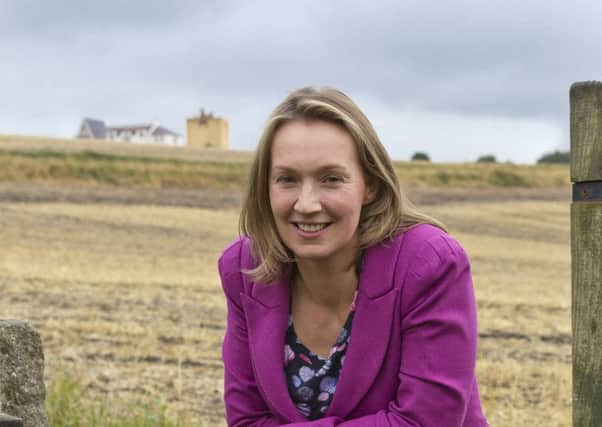Organic production falls but resurgence forecast


However the Soil Association in Scotland yesterday said the underlying figures showed that the steep decline seen in the organic area since the 2008 recession had now bottomed out – and predicted a market-led resurgence in organic production in the coming years.
The official statistics showed that with 521,000 hectares of land farmed organically in 2015 – down from 549,000 hectares in 2014 – organic production currently accounts for 3 per cent of the UK’s farmed area, although this figure was lower in Scotland at 2.3 per cent.
Advertisement
Hide AdAdvertisement
Hide AdThe total Scottish 2015 area – both in conversion and fully organic – of 126,300 hectares was well down on the 2002 figure of 428,600 hectares.
On a UK basis, permanent pasture accounted for more than two thirds of the organic area, followed by temporary pasture at 18 per cent and cereals at 8 per cent.
On the livestock front poultry continued to be the most popular organic livestock in the UK with numbers rising by 6.7 per cent in 2015 to just over 2.5 million birds. In the red meat sector sheep remained the most popular species with around 874,000 thousand animals in 2015.
Cattle numbers also declined in 2015 to 293,000 animals compared to 304,000 in 2014 whilst the number of pigs increased by 5.8 per cent to 30,000 animals.
The overall number of registered organic producers had fallen by over a third since 2007, mirroring the decline in the land area farmed organically.
Commenting on the figures, Laura Stewart, Soil Association Scotland director, said all the signs were that the future looked more positive for the industry: “We believe it won’t be long before we start to see real growth in organic production in Scotland, as funding issues that have affected farmers’ ability to convert to organic across the past few years are resolved and as the new Scottish Government’s clear manifesto commitment to supporting organic in Scotland is realised.”
She said that Scotland’s recently launched Organic Action Plan would encourage producers to build on clearly identified opportunities.
“We also know there’s real appetite from consumers for organic. The Soil Association’s 2016 Organic Market Report showed organic sales are up 4.9 per cent in the last year across the UK.
Advertisement
Hide AdAdvertisement
Hide Ad“With good prices, stable support payments and a healthy demand for organic, the future of organic farming is looking positive – and we want to see Scottish organic supply increase and begin to meet that clear demand.”